From spiral galaxies to volcanic eruptions on Jupiter moon, see these amazing space images
The year may be young, but there have been no shortages of stunning images captured from beyond the stars in the first two months of 2024.
Swirling chaotic galaxies, violent volcanic moons, Martian eclipses and a historic moon landing have captivated humanity and served as a reminder of the majesty and mystery contained within the vast cosmos. Many more celestial discoveries are sure to await us in the year ahead, but why not stop and appreciate what's happened already?
Here's a look at the most dazzling images taken from outer space so far in 2024.
Spiral galaxies captured by Webb
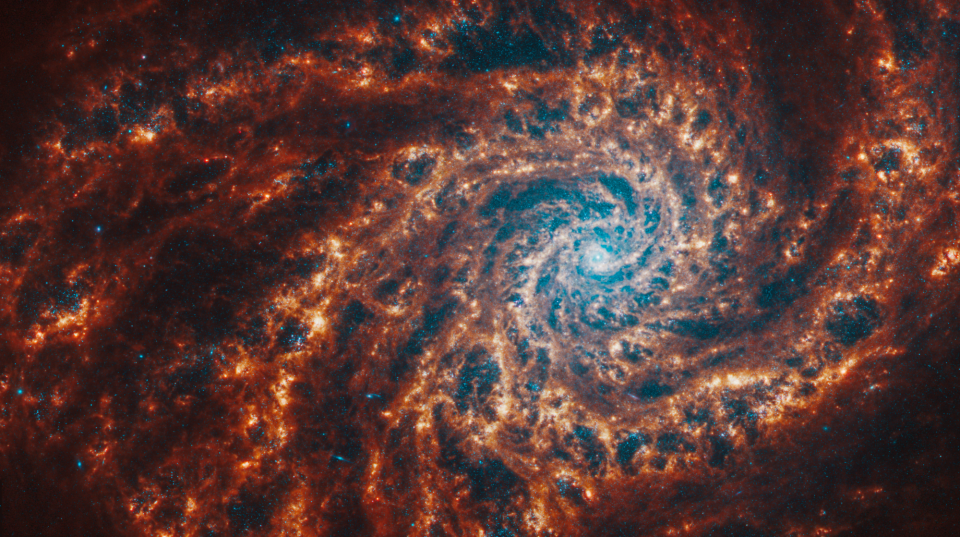
NASA's James Webb Space Telescope has delivered plenty of spectacular cosmic images of deep space ever since it first launched in 2021.
And the Jan. 29 release of 19 images depicting spiraling galaxies was no different. The collection depicts millions of stars clustered at galaxies' cores in near- and mid-infrared light, serving as the latest example of Webb's astonishing capabilities to reveal distant, mysterious corners of our universe.
Astronomers have for decades been able to observe these nearby spiral galaxies, but this is the first time images of them have been presented to the public, NASA said.
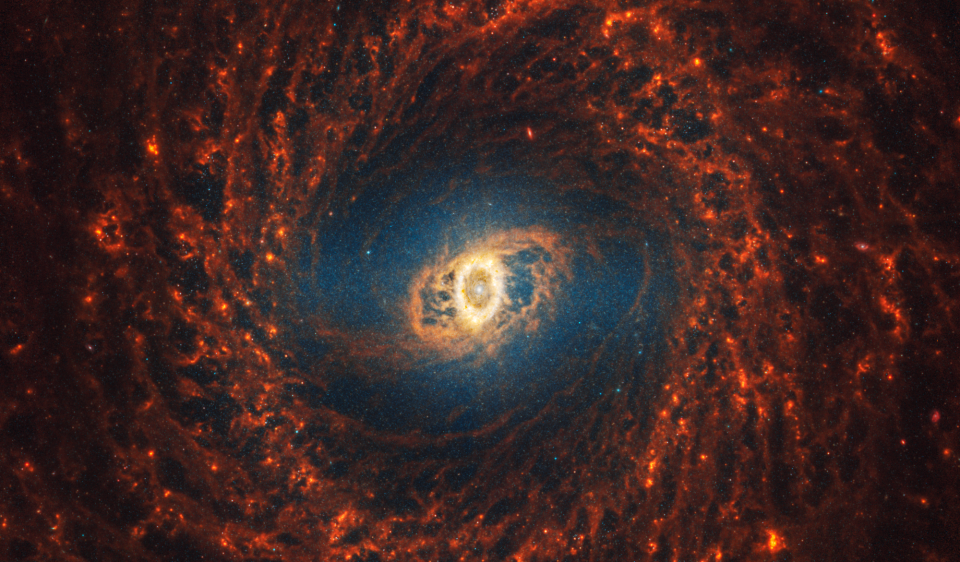
Volcanic eruptions on Jupiter moon of Io
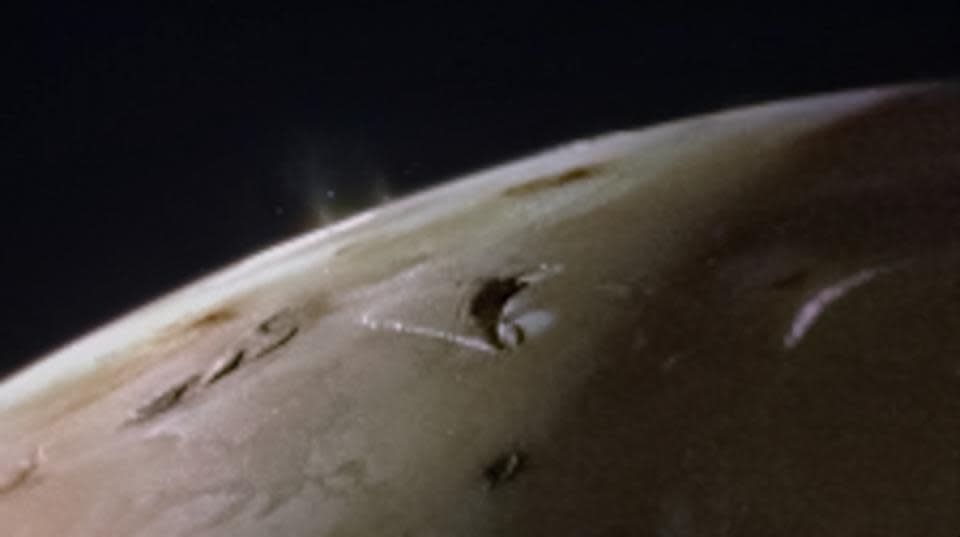
Jupiter's third-largest moon, Io, is the most volcanically active world in our solar system.
Hundreds of volcanoes erupting lava fountains that spew dozens of miles into the air are active on the rocky moon, which is terrorized by violent tidal forces that send molten lava spreading and hardening across its surface.
Earlier this month, NASA's Juno orbiter conducted its closest flyby yet of the moon for an up-close view of its volcanic activity.
What if found was extraordinary: erupting plumes of volcanic activity, tall mountain peaks with well-defined shadows and lava lakes – some of which NASA said may have their own islands.
Scientists hope the images will help them discover more about this relatively mysterious world and what lurks beneath its surface.
Eclipse on Mars
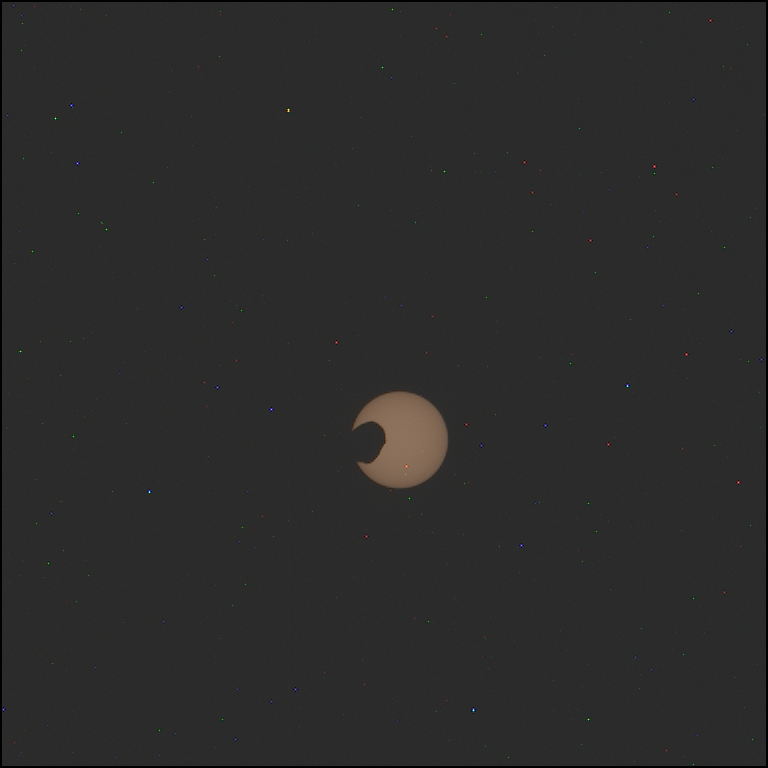
While we earthlings prepare for a rare total solar eclipse that will pass over North America, Mars recently had one of its own.
A timelapse of photos taken by NASA's Perseverance rover Feb. 8 shows the Red Planet's tiny doomed moon Phobos crossing in front of the much-larger sun.
The moon's size and shape ‒ roughly 17 miles long on its longest side ‒ make it impossible for it to completely cover the sun's disk to create a total solar eclipse like the one headed Earth's way on April 8.
It's not the first time Mars rovers have observed Phobos, which is on a collision course with the Red Planet, crossing in front of the sun. But each time these eclipses are observed, scientists can measure subtle shifts in Phobos’ orbit as that fatal day approaches.
Don't worry: The worlds' impending collision won't occur in our lifetime.
Samples from asteroid Bennu
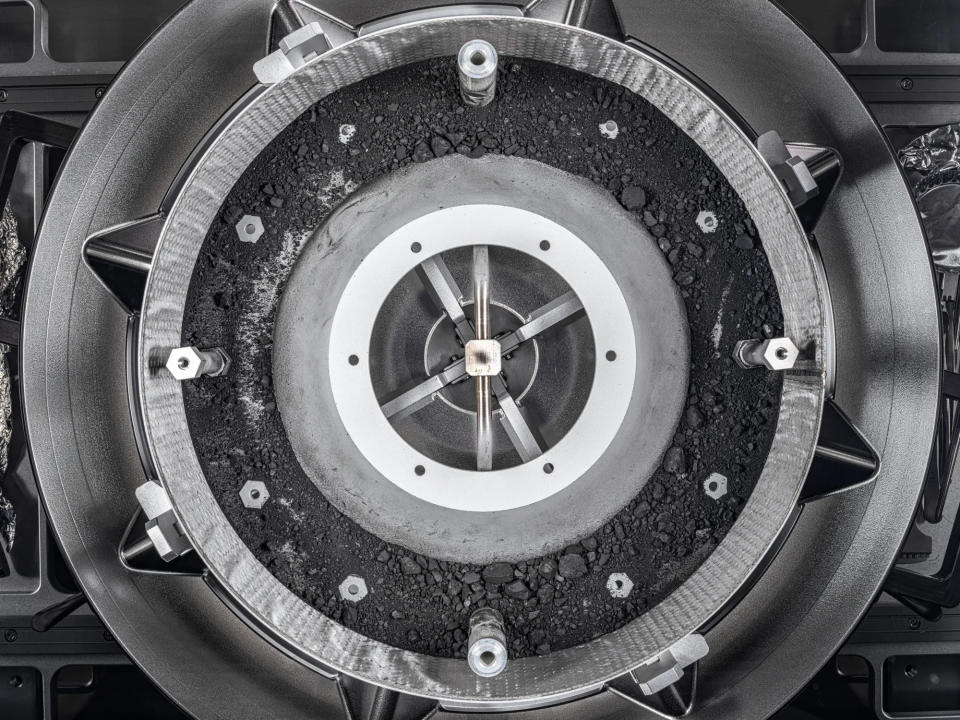
It took months for NASA to be able to access the samples delivered to Earth from the faraway asteroid Bennu.
That's because the disassembly of the Touch-and-Go Sample Acquisition Mechanism, TAGSAM, the system used to collect the samples, was paused because of two stuck fasteners.
But when scientists finally were able to get a glimpse of what its OSIRIS-REx craft hauled back, they were stunned: the 121.6 grams (4.3 ounces) of dust and pebbles collected from Bennu represents the biggest cosmic sample collection ever from beyond the moon.
The photo above shows a view of eight sample trays containing the final material from the asteroid.
NASA has said studying what was collected from the carbon-rich asteroid will help researchers to better understand planet formation and the events that led to the creation of life on Earth.
Sun-devouring quasar with supermassive black hole
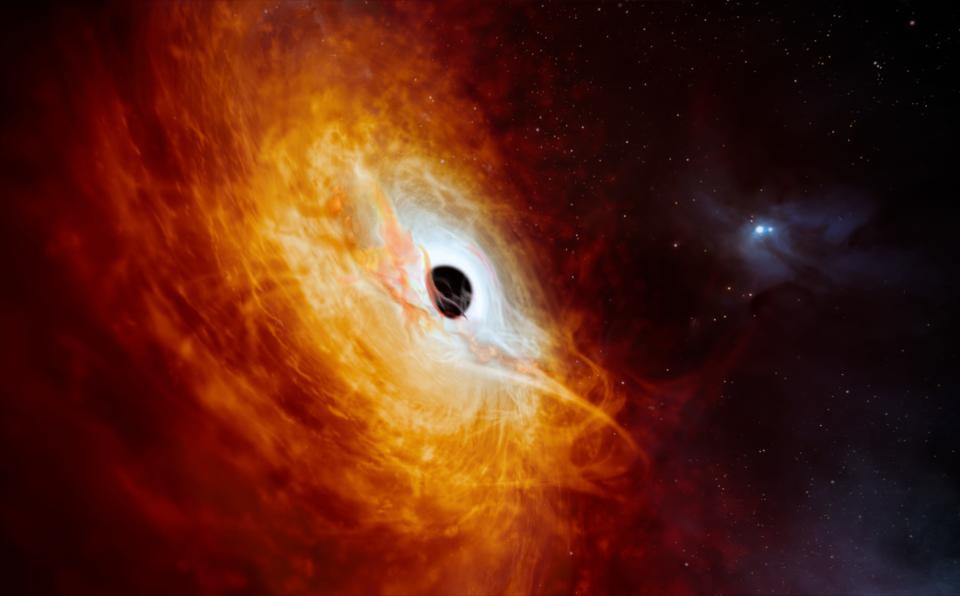
Ok, this might be merely an artist's rendering rather than an actual image, but the visual is no less incredible.
What's represented in the artistic impression is an object 500 trillion times brighter and 17 billion times bigger than our own sun. In fact, the Australian scientists who found it believe the quasar with a supermassive black hole at its center likely devours the equivalent of our sun each day.
Black holes are of course notoriously difficult to study and observe, but the researchers envision a violent, chaotic place for the object, believed to be the brightest in the universe.
Historic Odysseus lunar mission
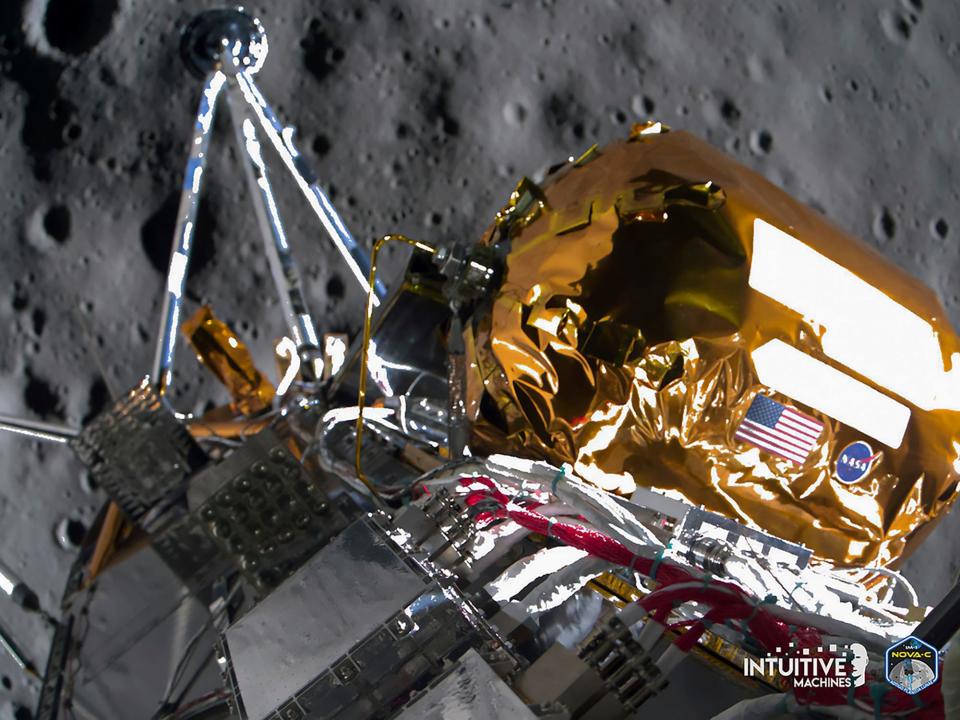
For a week, the Odysseus lunar lander set up shop on the moon's surface, where its sideways position didn't stop it from transmitting data and photos back to mission control in Houston.
But even before Intuitive Machines' spacecraft made it to its destination, Odysseus was beaming back plenty of selfies showcasing astral vistas and even Earth itself. The image above was taken Thursday, Feb. 22 during its descent to the moon, marking the first time a commercially-built uncrewed craft ever made the landing.
Intuitive Machines, the Houston company that built the lander, bid farewell to Odysseus after the spacecraft finally powered down Thursday.
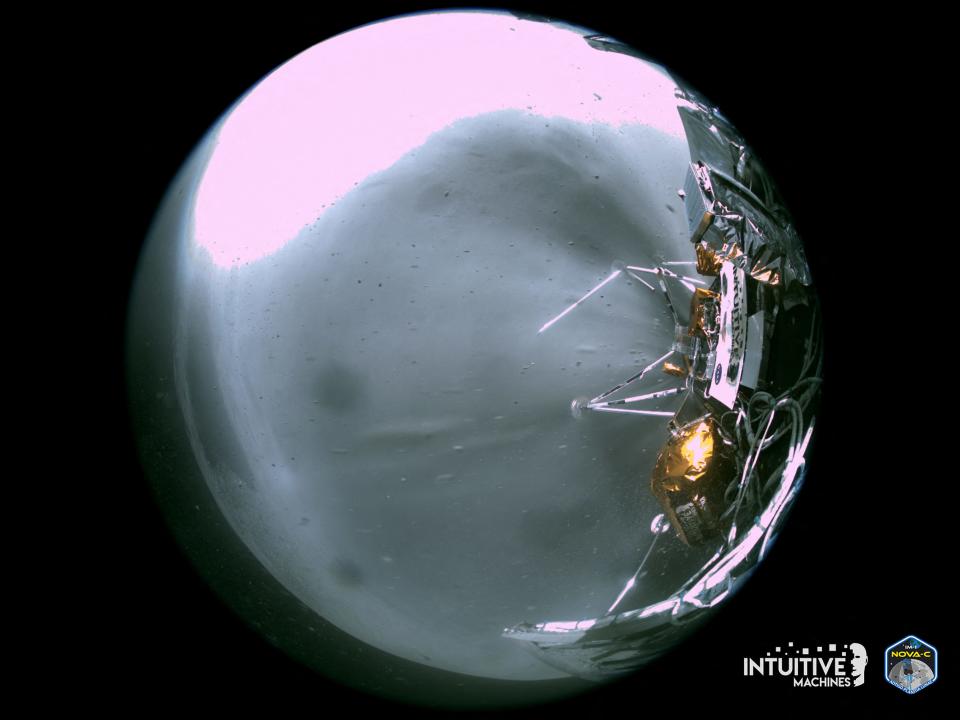
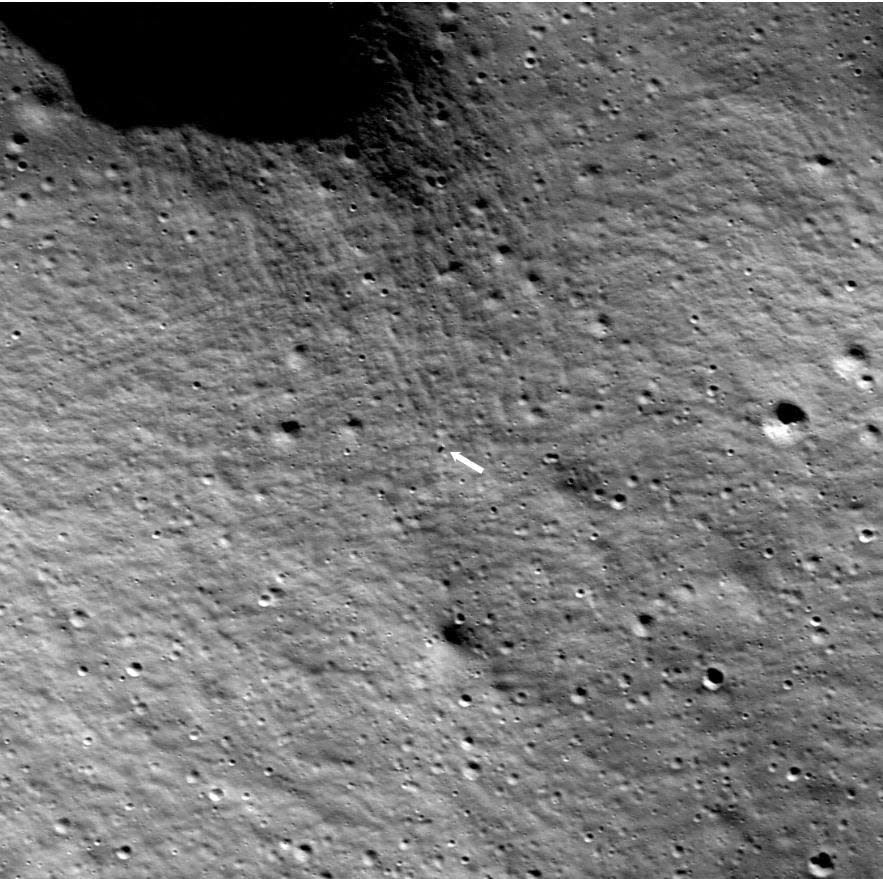
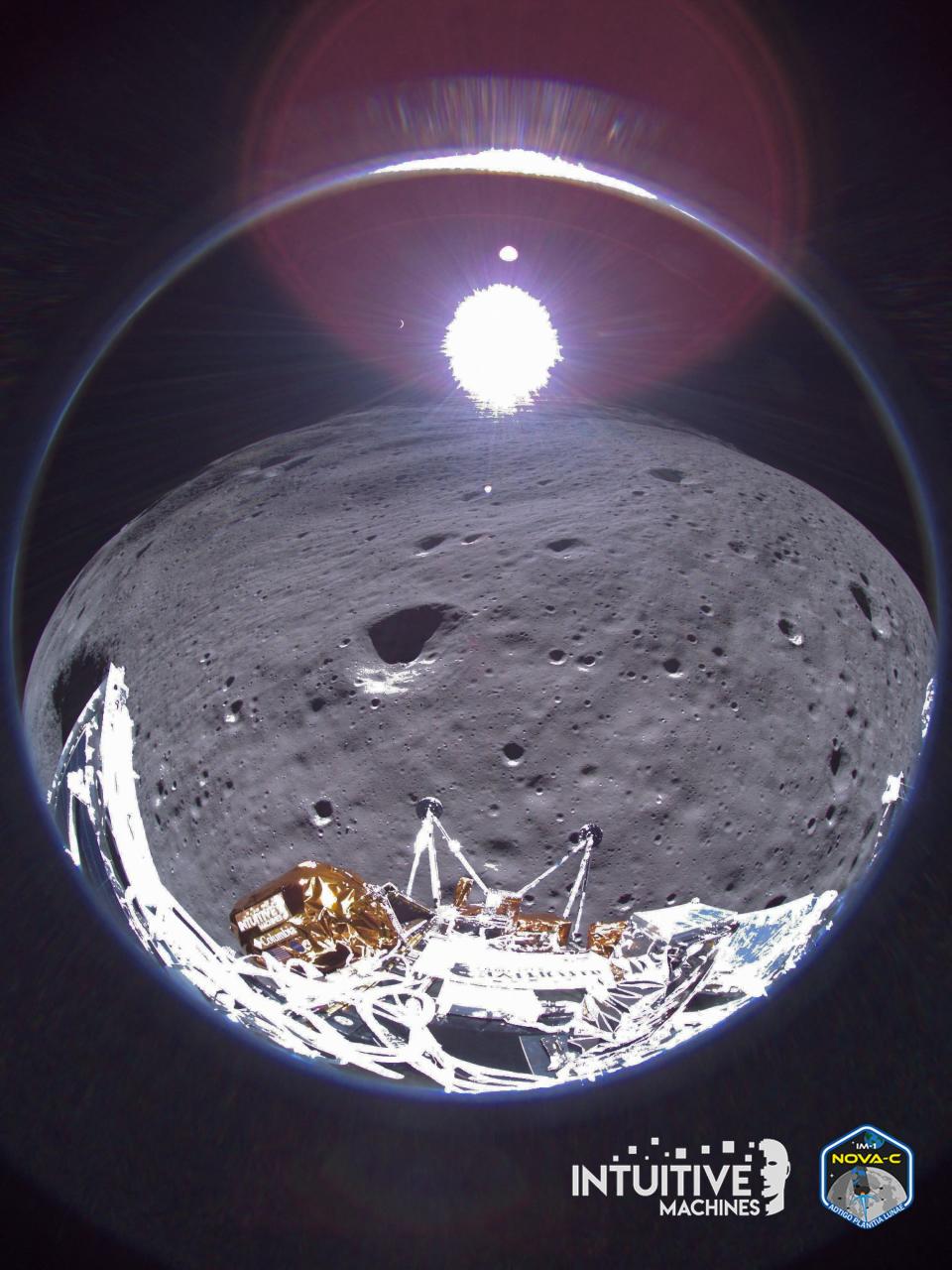
The touch down ushered in a new era of U.S. moon exploration for the first time since NASA's Apollo missions ended in 1972. The U.S. space agency has future designs for exploring the moon in the years ahead for its Artemis missions.
Eric Lagatta covers breaking and trending news for USA TODAY. Reach him at elagatta@gannett.com
This article originally appeared on USA TODAY: Spiral galaxies, volcanic moons: Amazing space images from 2024

